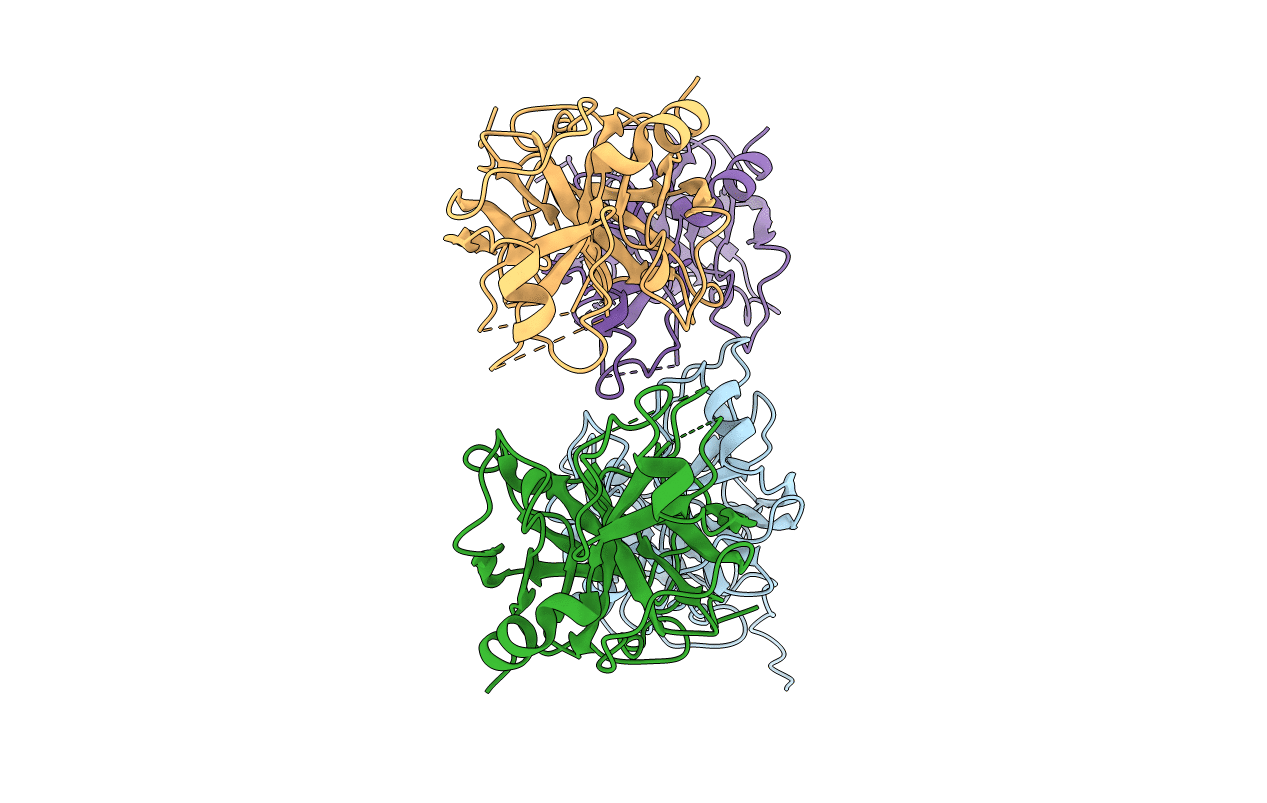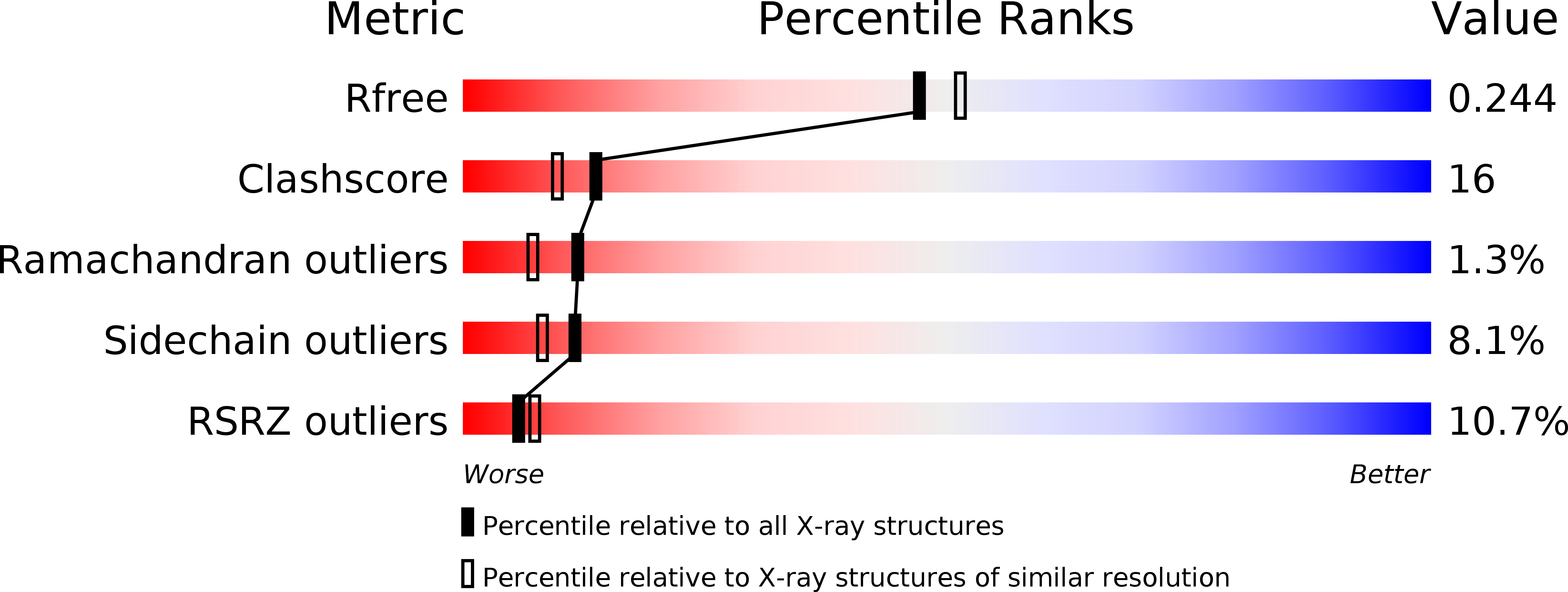
Deposition Date
1998-12-03
Release Date
1999-12-03
Last Version Date
2024-11-20
Entry Detail
PDB ID:
1FDP
Keywords:
Title:
PROENZYME OF HUMAN COMPLEMENT FACTOR D, RECOMBINANT PROFACTOR D
Biological Source:
Source Organism:
Homo sapiens (Taxon ID: 9606)
Host Organism:
Method Details:
Experimental Method:
Resolution:
2.10 Å
R-Value Free:
0.25
R-Value Work:
0.20
R-Value Observed:
0.20
Space Group:
P 1 21 1


